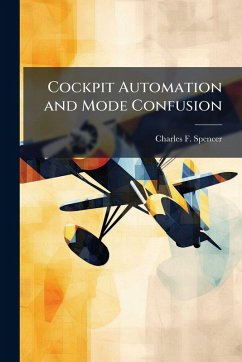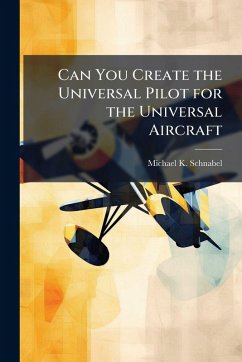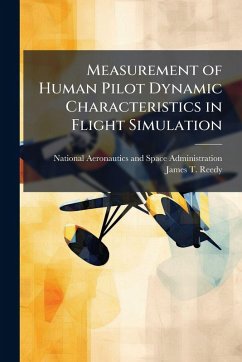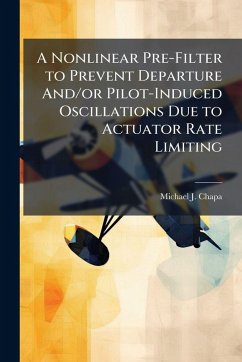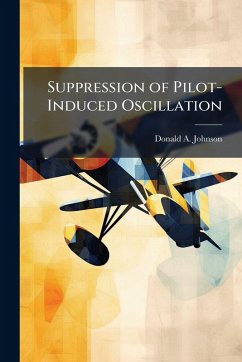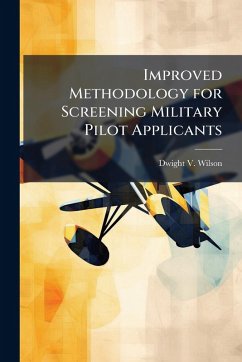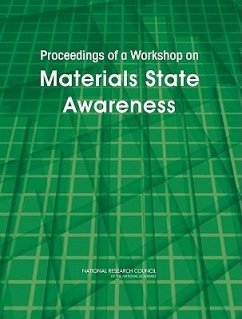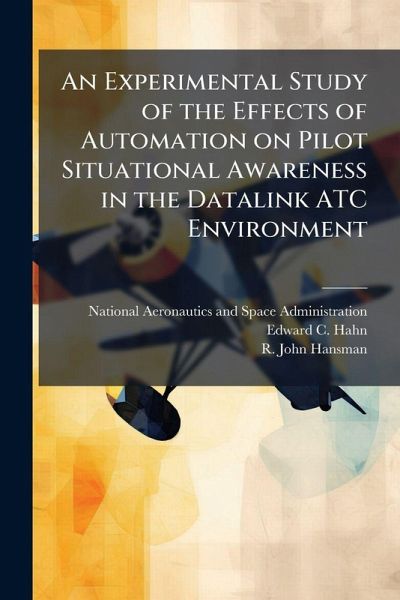
An Experimental Study of the Effects of Automation on Pilot Situational Awareness in the Datalink ATC Environment

PAYBACK Punkte
9 °P sammeln!
An experiment to study how automation, when used in conjunction with datalink for the delivery of air traffic control (ATC) clearance amendments, affects the situational awareness of aircrews was conducted. The study was focused on the relationship of situational awareness to automated Flight Management System (FMS) programming and the readback of ATC clearances. Situational awareness was tested by issuing nominally unacceptable ATC clearances and measuring whether the error was detected by the subject pilots. The experiment also varied the mode of clearance delivery: Verbal, Textual, and Grap...
An experiment to study how automation, when used in conjunction with datalink for the delivery of air traffic control (ATC) clearance amendments, affects the situational awareness of aircrews was conducted. The study was focused on the relationship of situational awareness to automated Flight Management System (FMS) programming and the readback of ATC clearances. Situational awareness was tested by issuing nominally unacceptable ATC clearances and measuring whether the error was detected by the subject pilots. The experiment also varied the mode of clearance delivery: Verbal, Textual, and Graphical. The error detection performance and pilot preference results indicate that the automated programming of the FMS may be superior to manual programming. It is believed that automated FMS programming may relieve some of the cognitive load, allowing pilots to concentrate on the strategic implications of a clearance amendment. Also, readback appears to have value, but the small sample size precludes a definite conclusion. Furthermore, because textual and graphical modes of delivery offer different but complementary advantages for cognitive processing, a combination of these modes of delivery may be advantageous in a datalink presentation. This work has been selected by scholars as being culturally important, and is part of the knowledge base of civilization as we know it. This work was reproduced from the original artifact, and remains as true to the original work as possible. Therefore, you will see the original copyright references, library stamps (as most of these works have been housed in our most important libraries around the world), and other notations in the work. This work is in the public domain in the United States of America, and possibly other nations. Within the United States, you may freely copy and distribute this work, as no entity (individual or corporate) has a copyright on the body of the work. As a reproduction of a historical artifact, this work may contain missing or blurred pages, poor pictures, errant marks, etc. Scholars believe, and we concur, that this work is important enough to be preserved, reproduced, and made generally available to the public. We appreciate your support of the preservation process, and thank you for being an important part of keeping this knowledge alive and relevant.



